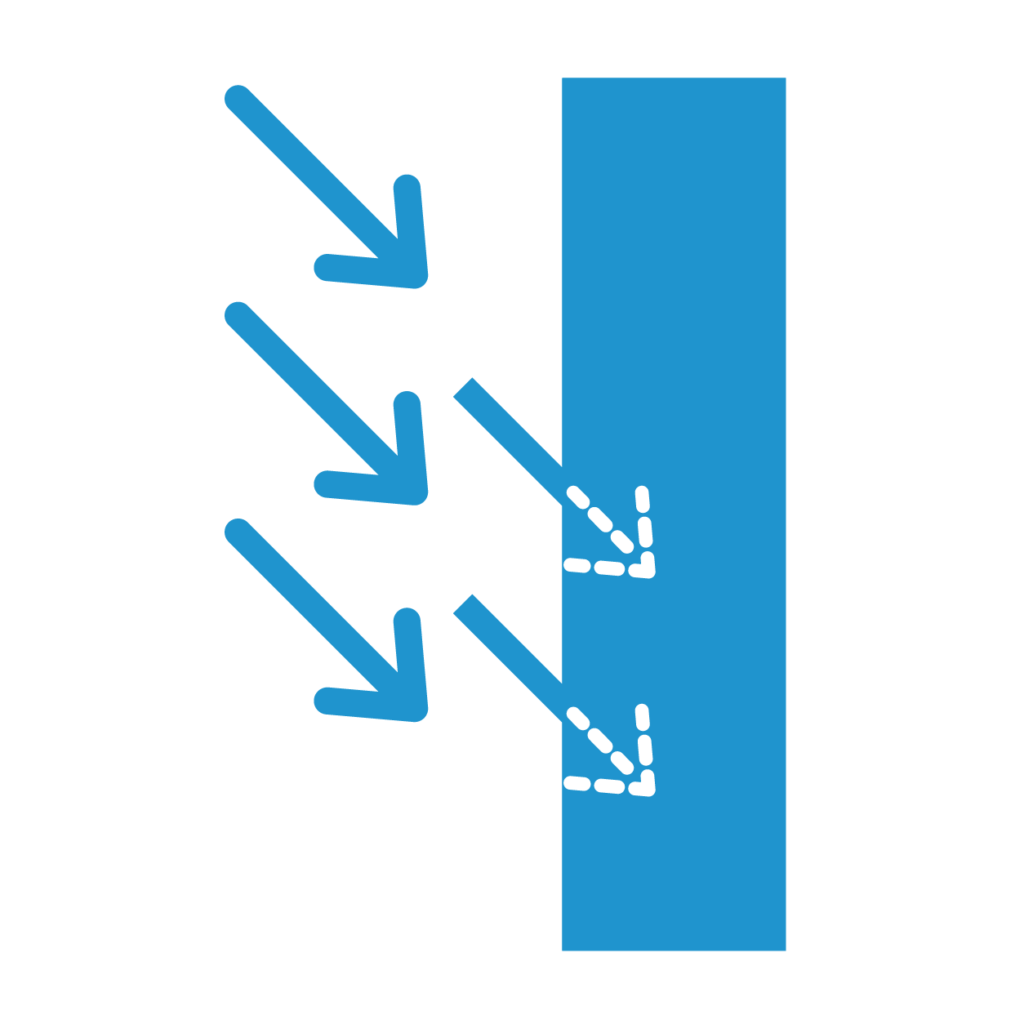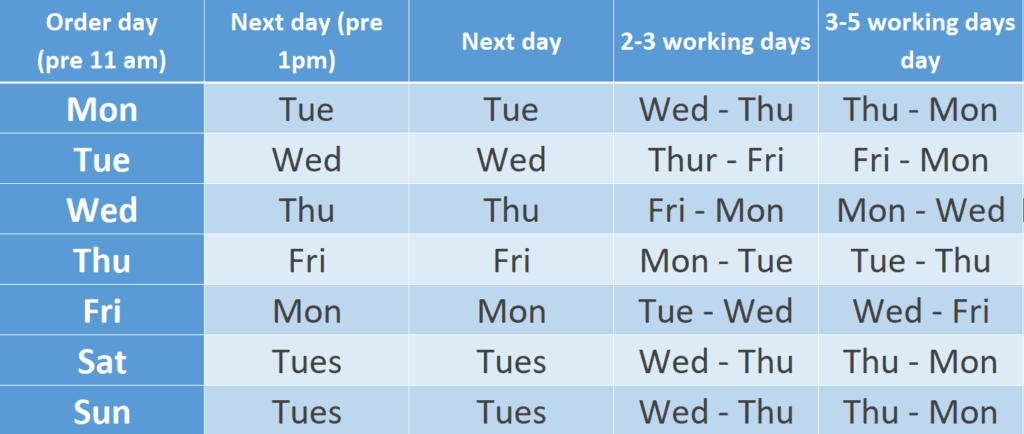A Guide to Reverberation and Better Sound
A Brief Explanation of Reverberation
Reverberation is a form of sound energy that ‘bounces’ around a space and is measured by the duration of time it takes for that sound to decay. Two examples most of us will be familiar with is a swimming pool or a sports hall, where you can hear a voice or any other sound much longer after it has been conducted – these spaces are often very reverberant.
Depending on the room’s material composition or geometry, these can influence the sound and its path as it reflects, where there are hard surfaces such as brick or concrete, these can reflect the sound, soft furnishings such as sound absorption materials, curtains and carpet can absorb the sound, reducing it’s reflection back into the room and turning the sound energy into small amounts of heat that are partially transmitted into the material.
Room Geometry can also be another factor in the internal acoustics, if the room has an odd shape such as a pitched roof example, this can often change the path of the sound and often will create odd acoustic effects on the sound.
A typical example of Reverberation that leaves a negative effect is a sports hall; it is often constructed on a concrete floor with perhaps a wooden or lino flooring which can be highly reflective, walls would often be a painted breeze block, again, highly reflective, and a ceiling area which could be anything from wood panelling to a metal roofing – reflective again. There is often little to no soft furnishings that help absorb that sound energy bouncing around, these may be curtains, carpeted flooring, soft seating and in the rare occasion sound absorption materials.
This high level of reverberation effects the quality of speech, which in the industry is referred to as Speech Intelligibility.

A room, depending on the space and it’s requirements, may actually need reverberation to help amplify or compliment a specific sound. Churches were built in their grand and expansive fashion to accommodate large choirs along with large audiences. If we had a completely absorptive space, the natural resonance and the room’s ability to amplify sound would be lost – no longer achieving the choral effect.
Reverberation adds quality, warmth and cohesion to a wide range of music – it is added digitally in most recorded music through a range of processing techniques.
We also depend on early reflections as a way of echolocation, for those with visual disabilities – they will depend on this greatly to audibly scan a space for objects, simply clicking can be a good way of indicating the proximity of an object or the size of space.
There are some interesting examples in Trevor Cox’s book “Insert Excerpt” where a search for the world’s longest reverb time is influenced by both what the structure is made of and the shapes of that structure.
If the topic of reverberation interests you, we have put together a blog “A Brief History Of Reverberation” as part of our ‘A Brief History Of’ blog series.
Reverberation Terms
Absorption Coefficient
This gives a specific material a value of how acoustically absorptive it is, for example; concrete is very dense and reflective and would have a low Absorption Coefficient, and for a heavy set of curtains it would have a higher Absorption Coefficient.
The scale of an Absorption Coefficient is between 0-1, and broken down across a range of octaves which is broken down in decimal points between 0-1 for each one.
We would most commonly put this as a percentage as an overall, unless a specific frequency requires more attention.
| 125hz | 250hz | 500hz | 1000hz | 2000hz | 4000hz | NRC |
| 0.48 | 0.85 | 1.07 | 1.04 | 0.96 | 0.89 | 1.00 |
(Taken from our MuteSpace Pro 50mm)
Decay
This refers to the time it takes for the sound to decay after it has been conducted, often expressed as an RT60 when measuring reverberation time – this means we are measuring how long it takes to drop below 60dB. It does vary with frequency, with the lower frequencies often containing an increased amount of sound energy against higher frequencies.
Early Reflections
These reflections are defined as being heard directly after the sound, and often not heard as separate, this would put it in the region between 50-80 milliseconds, anything beyond 80 milliseconds we tend to define them as Late Reflections, please see below. Early Reflections help to reinforce the direct sound.
Late Reflections
These reflections are heard as a long, decaying sound after the direct sound and early reflections. The sound energy will continue to bounce around in rooms that consist of hard surfaces.
Speech Intelligibility
From the speaker to the listener, we require a suitable acoustic environment to clearly hear speech. We measure the clarity of speech using the Speech Transmission Index.
Speech Transmission Index
The Speech Transmission Index helps to grade a specific environment for the quality of speech transmission, this is measured on a scale between 0-1, with a range of nominal qualification bands from A+ – U – it is an objective measurement, so may not be applicable to all those who may use the space.
| Category | Nominal STI Value | Type of Message Information | Examples of Typical Uses | Comment |
| A+ | >0.76 | Recording and Broadcasting Studios | Optimal intelligibility, this level would not always be achievable in the majority of environments. | |
| A | 0.74 | Complex messages and unfamiliar words | Theatres, speech auditoriums, courts, assistive hearing systems (AHS) | High level of speech intelligibility |
| B | 0.7 | Complex messages and unfamiliar words | Same as above | High level of speech intelligibility |
| C | 0.66 | Complex messages and unfamiliar words | Theatres, speech auditoriums, teleconferencing, courts | High level of speech intelligibility |
| D | 0.62 | Complex messages and familiar words | Lecture theatres, classrooms and concert halls | Good level of speech intelligibility |
| E | 0.58 | Complex messages, familiar context | Concert halls and modern churches | High quality PA system required |
| F | 0.54 | Complex messages, familiar context | PA systems in shopping centres, voice alarm systems and cathedrals | Good quality PA system required |
| G | 0.5 | Complex messages, familiar context | Shopping centres, voice alarm systems | Target value for all areas requiring a voice alarm system |
| H | 0.46 | Simple messages, familiar words | VA and PA systems in all difficult spaces | Lowest recommended limited for voice alarm systems |
| I | 0.42 | Simple messages, familiar words | VA and PA systems in very difficult spaces | |
| J-U | <0.38 | Unacceptable | ||
FAQs
What options do I have available?
Our range spans from discreet sound absorption panelling to adventurous bespoke absorption in a huge range of colours. They can be hung, adhered to the wall or ceiling and even free standing on the floor. You can create quiet working pods, vocals booths or even shape your logo out of them.
We go beyond to create stand out feature pieces for your project, if you have a vision – we can help you get there.
We have included some example videos below for you.
What we do for you
Where to now?
You have made it this far, do get in contact with us we would love to hear from you and how we can help.
To help us, you will want to gather;
- Any plans you may have had of the room including dimensions
- Any colour scheme or ideas you have in mind
- Any images, this can help us visualise the space

